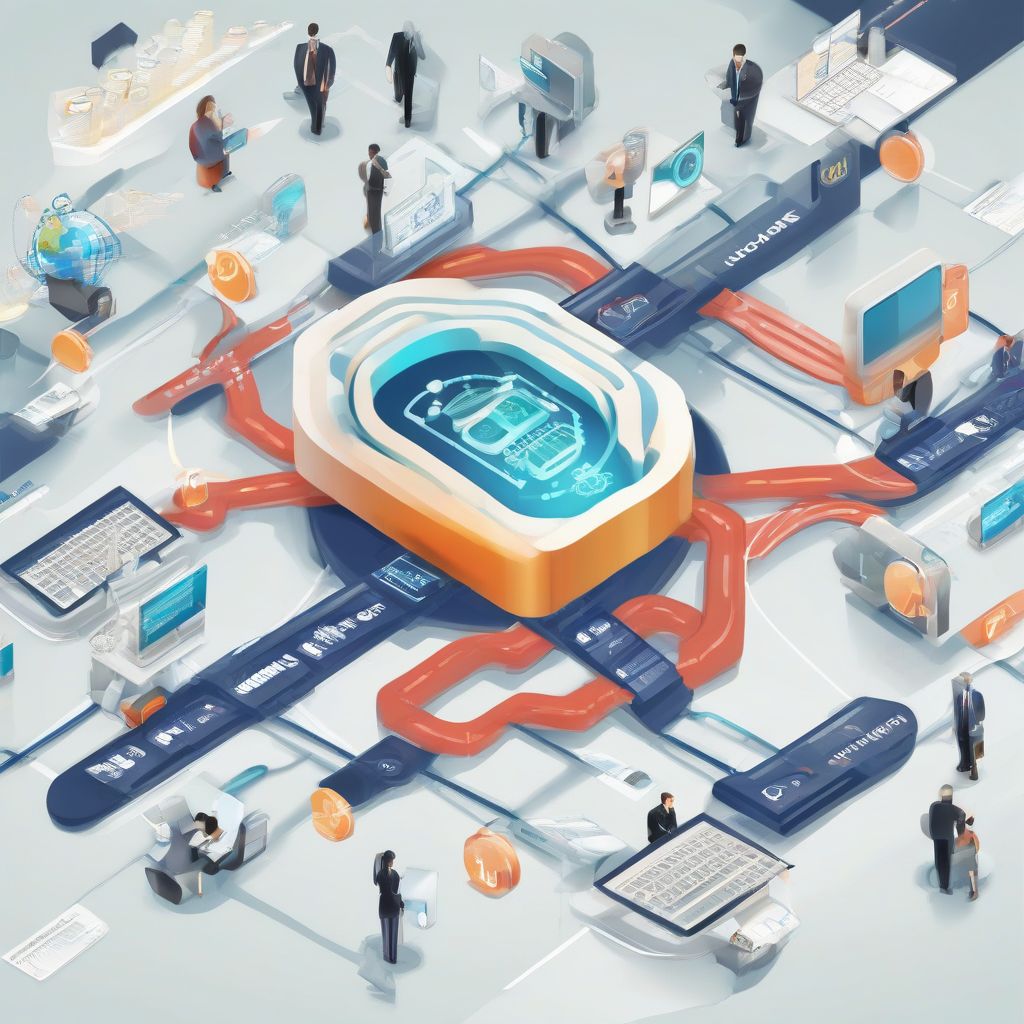In today’s fast-paced business environment, efficient communication is paramount. Contracts, purchase orders, invoices, and countless other documents are constantly being exchanged. But what if there was a way to automate this process, reducing errors and increasing speed? That’s where Electronic Data Interchange (EDI) comes into play.
What is Electronic Data Interchange (EDI)?
EDI is essentially the digital exchange of business documents between two or more parties using a standardized electronic format. Think of it as replacing traditional paper-based documents with their electronic equivalents. Instead of physically mailing an invoice, EDI allows businesses to send it electronically, directly to the recipient’s computer system.
horsemasterypro.com/wp-content/uploads/2024/08/ElectronicDataInterchange-66c5ab.jpg" alt="EDI illustration" width="1024" height="1024">EDI illustration
Why is EDI Important?
EDI isn’t just about going paperless; it offers a range of compelling benefits:
1. Increased Efficiency: EDI automates the document exchange process, significantly reducing the time and effort involved. This allows businesses to process transactions faster, freeing up valuable time and resources.
2. Reduced Errors: Manual data entry is prone to human error. EDI eliminates this risk by automating data transfer, ensuring accuracy and consistency.
3. Cost Savings: By going digital, EDI eliminates the costs associated with paper, printing, postage, and manual processing.
4. Improved Relationships: EDI facilitates smoother transactions between businesses, fostering stronger relationships with suppliers and partners.
How Does EDI Work?
EDI relies on a set of standards that define the structure and format of electronic documents. These standards ensure that different computer systems can understand and interpret the information being exchanged. The process typically involves the following steps:
-
Document Preparation: The sender creates a business document, such as a purchase order, using their internal system.
-
Translation: The document is then translated into a standard EDI format, using EDI software.
-
Transmission: The EDI document is transmitted securely to the recipient via a communication channel, such as a Value-Added Network (VAN) or the internet.
-
Receipt and Integration: The recipient receives the EDI document and their system translates it back into a readable format. The data is then integrated into their internal systems for processing.
Common EDI Documents
EDI encompasses a wide range of documents, including:
- Purchase Orders
- Invoices
- Shipping Notices
- Payment Instructions
- Inventory Reports
Industries Using EDI
EDI has been widely adopted across various industries, including:
- Retail
- Manufacturing
- Healthcare
- Logistics and Transportation
- Finance
The Future of EDI
EDI continues to evolve, with advancements like cloud-based EDI solutions and the integration of artificial intelligence (AI) for enhanced data analysis and process automation. As businesses seek greater efficiency and streamlined operations, EDI will remain a crucial technology for facilitating seamless communication and collaboration.
Conclusion
Electronic Data Interchange has transformed how businesses communicate, paving the way for faster, more efficient, and error-free transactions. By embracing EDI, businesses can unlock significant benefits, including cost savings, improved accuracy, and stronger relationships with their trading partners. As technology continues to advance, EDI will undoubtedly play an even more critical role in shaping the future of business communication.
